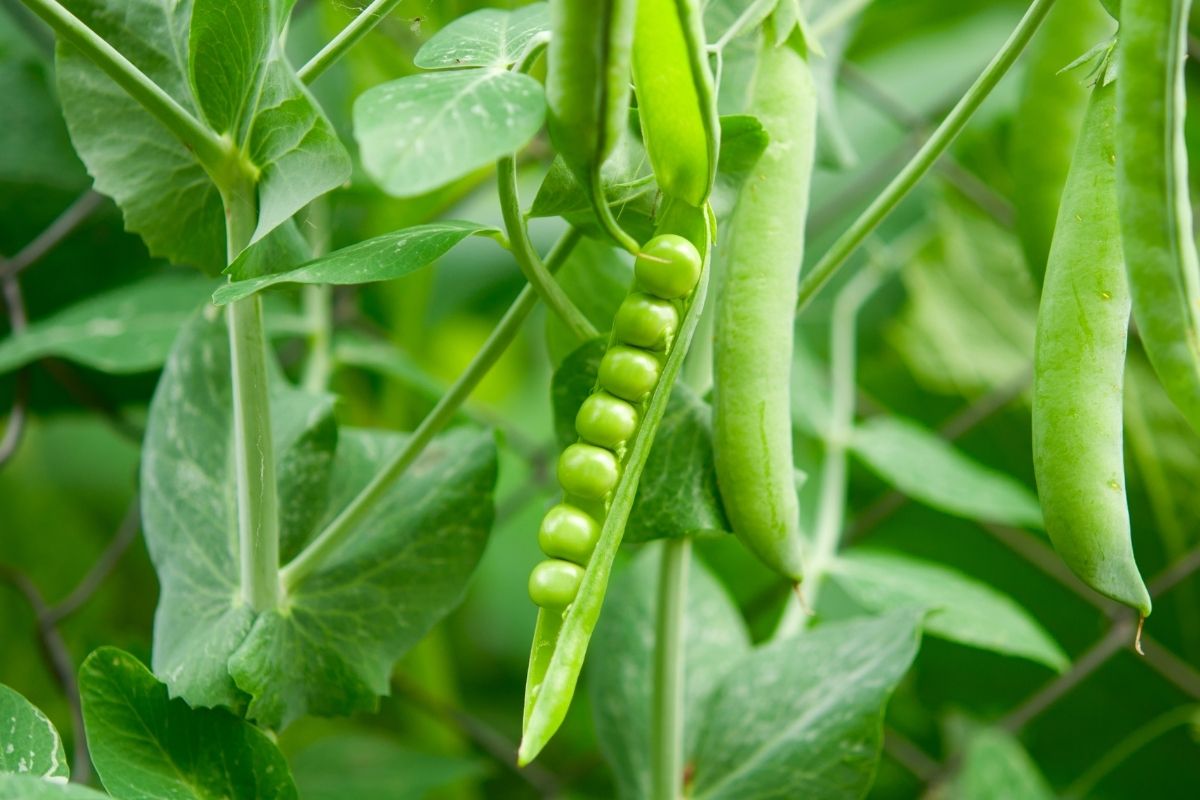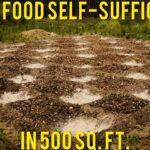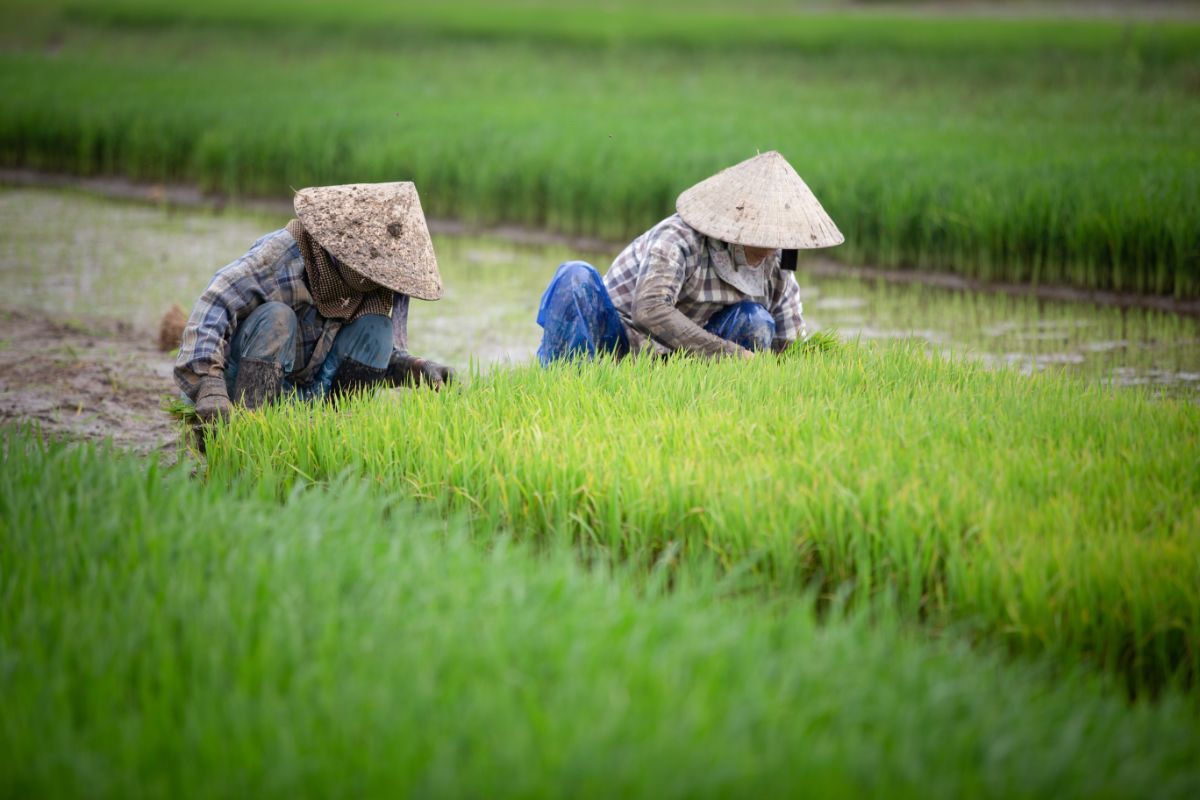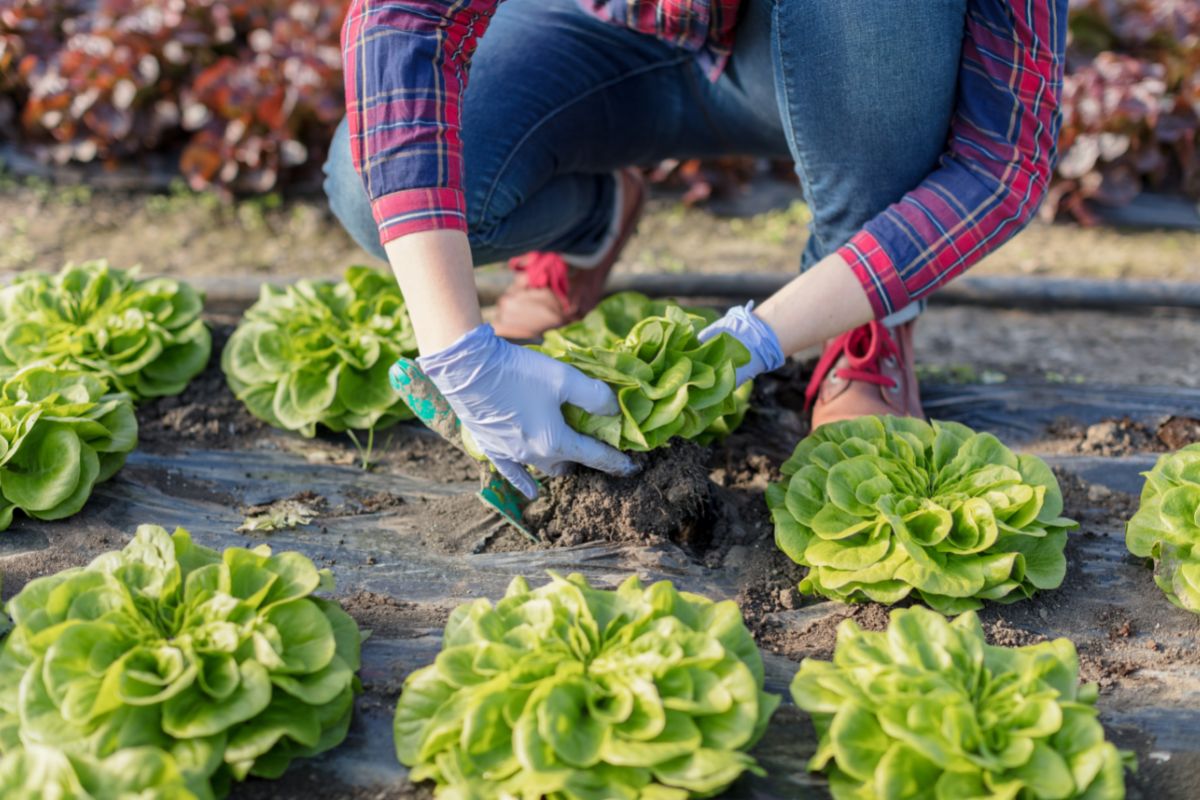Peas are a great source of protein, fiber, vitamins, minerals, and antioxidants.

They also contain folate, potassium, iron, zinc, calcium, magnesium, phosphorus, copper, manganese, vitamin B6, niacin, riboflavin, thiamine, pantothenic acid, biotin, and vitamin C.
Peas are also rich in fiber and are low in calories.
There are two main types of peas: snap and snow. Snap peas are harvested before they turn fully ripe, whereas snow peas are picked after they have turned yellow.
Both varieties are delicious, nutritious, and versatile.
You can grow peas from seed or transplant them. The seeds should be planted directly into the soil at least 2 weeks before the last frost date.
If you plant too early, the plants won’t develop properly.
When planting, remember to choose a sunny spot and add plenty of organic matter such as compost or manure.
Water your peas regularly until the plants begin to sprout.
When the pods start to swell with water, it is time to harvest your peas. Remove any leaves that may cover the pod, then cut off the stem just below the pod.
You should be careful not to damage the pod when harvesting.
Place the pods on paper towels to dry for about an hour. Then store them in a plastic bag in the refrigerator.
When To Plant Peas
If you live in a cold climate, you will want to sow your pea seeds indoors 6-8 weeks prior to the first fall frost date.
This allows the seeds to germinate and get established before the weather turns chilly. You can direct sow outdoors if you live in a warmer area.
Sow Seeds In A Seed Starting Tray Or Pot
To ensure success, make sure that the soil has been well-prepared by adding some organic matter such as compost, manure, or leaf mold.
Mixing the soil thoroughly will help prevent disease and pests. Then, follow these steps:
- To prepare the soil, dig out a hole twice as deep as the pot or tray. Add enough compost or other organic material to fill the hole.
- Add the seeds to the center of the bed. Cover the seeds with 1/4 inch (0.5 cm) of fine sand.
- Water the seeds thoroughly using a soaker hose. Keep the soil moist but not saturated.
- Cover the container with clear plastic wrap. Place the tray inside a warm place, such as a garage or greenhouse.
- Check the seeds daily. When the radicles emerge through the soil surface, remove the plastic wrap.
- Keep the soil evenly moist but not soggy.
- Remove the plastic wrap from the tray once the seedlings have their second set of true leaves.
- Transplant your peas into your garden bed.
- Remove the seedling from its container and gently loosen the roots. Be careful not to break the stems.
- Carefully place the seedling in the desired location.
How Long Do Peas Take To Grow?
Peas take approximately 60 days from seeding to maturity.
Why Are Peas Easy To Grow And Harvest?
Peas are easy to grow and require little maintenance. You don’t need much space to grow them, either. Just keep in mind that they do best in full sun.
The flowers of peas are edible and can be used to garnish dishes like salads. They also produce pods that contain edible seeds.
Peas are high in protein and fiber whilst being low in fat and calories. They are also considered one of the easiest vegetables to grow.
All you need to do is provide adequate sunlight, good drainage, and fertile soil.
Peas are usually grown for their delicious green pods, which are harvested at different stages of development.
The immature pods are called “green peas,” while the mature ones are known as “snap peas.” Green peas are typically eaten raw in salads.
Snap peas are often cooked and served as part of a vegetable dish.
Both types of peas are available to grow all year round. However, green peas tend to be more popular during the summer months.
How To Harvest Peas From Pods
Harvest your peas when they begin to turn yellow. Remove the pods from the plant and allow them to dry completely on a screen or towel.
Store them in a cool, dark place until needed.
You can eat the pods raw or steam them for 5 minutes. You can also enjoy fresh peas straight off the vine.
Simply pick them right after they start producing pods.
How To Freeze Peas For Later Use
If you would like to preserve your harvest, freeze your peas immediately after harvesting.
You should also blanch frozen peas for 2-3 minutes in boiling water. Drain and let stand for 10 minutes before serving.
You can use frozen peas in any recipe where you might normally use canned peas.
How To Dry Peas In A Jar
Drying peas is an excellent way to preserve them for later use. It will also help extend the shelf life of your crop.
To dry your peas, first wash them well. Then spread them out on a cookie sheet lined with parchment paper.
After drying, store your dried peas in airtight containers.
Conclusion
To conclude, peas are a great addition to your garden because they are easy to grow and are nutritious.
They make wonderful additions to your diet.
They are also one of the easiest vegetables to grow, providing that you thoroughly prepare them for planting and maintain a vigilant eye on them during the growing process.
You also need to make sure that you harvest your peas correctly and store them appropriately once harvested.
- Pull Sprouts: 1 Potato Peel, 200 Plants - July 7, 2022
- Creeping Thyme: Flowering Herb And Ground Cover - July 7, 2022
- East meets Midwest in the garden of Linda Brazill and Mark Golbach, Part 1 - July 7, 2022







